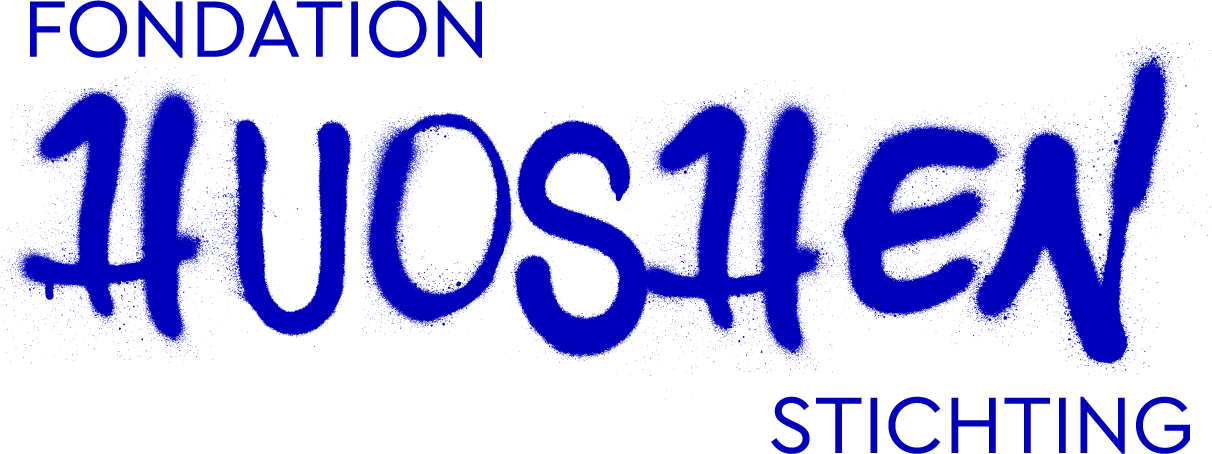Peers
The group of peers is a rewarding learning environment for young people; it shows them in a very clear and direct way how they respond to the outside world. Understanding of their own contribution in social relations by – often impulsive – verbal and non-verbal communication is essential.
What young people learn here? They start to understand their own behavior, but also others’, and also how the world works. They learn to reflect on their own behavior and thoughts. They wonder why they do certain things in a certain way. I think it’s one of the things we achieve with young people. Why I respond that way and what are the effects of this behavior? What I experience here, is that they often behave in a certain way without understanding why the other gets angry. This is what we zoom in on. (Rock and Water trainer)
If I present them a stressful situation, ask how they are going to react, and someone jumps up and replies: “I’m going to knock him down”. And another guy reacts to this, “Yes, I know that, but you know, I have been in an institution for a long time and I don’t want that anymore. You go ahead, you have the choice, but I don’t want that anymore. ” Then you can feel the group workin, that is the strength of the group. (Rock and Water trainer)
Many psychophysical practices are learnt not only by physically getting in contact with yourself, but also by physical contact with each other, by feeling how the other sometimes feels, how you react to others, where your limits are in the relationship with others, and how you are influenced by others. By physically getting in touch with each, in a safe environment, and in a playful way, there is room to test ideas about themselves and others, and to experience feeling of belonging and solidarity.
If you are moving, there is always the relationship with the other. I think in dance, the look of others, others that see you, you who are seen, you who look at others, takes a central place. The look of others, the other who sees me, what does he think about me. .. I see that person, I copy him, how he fixed tat conflict, how he does it. Being looked at, as a very sensory thing, is very prominent in dance. But then you look at how you experience things. That look is so crucial, much more than speaking. […] Of course, in a conversation you also look at the other, but if you are moving with your whole body moving, and in this phase are observed by others, then you get integration of body and mind in that field of identity development. And the motoric, the physical is going along in developing the self image. (dance therapist)



